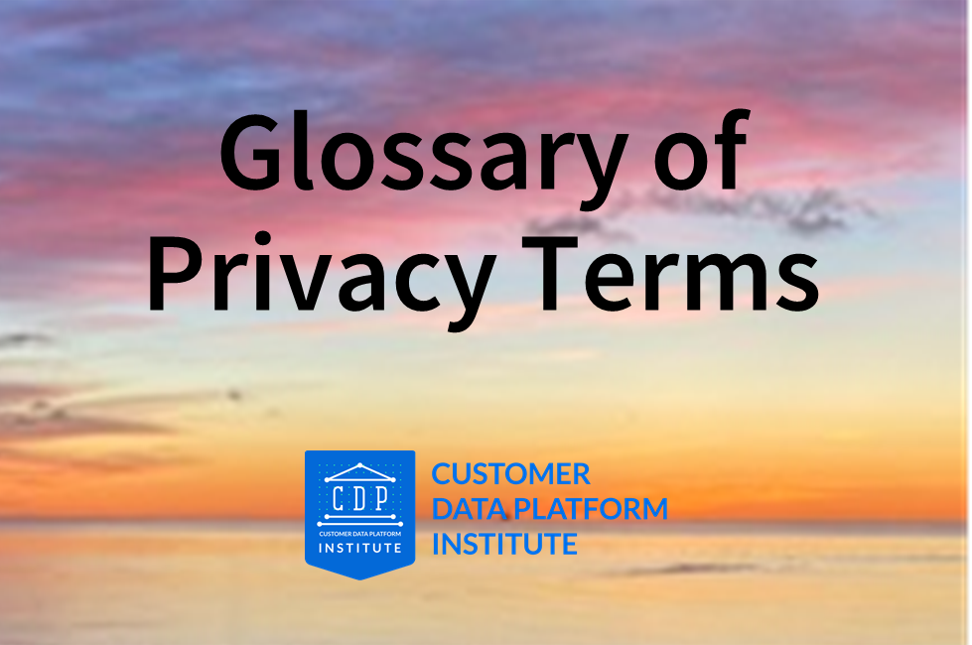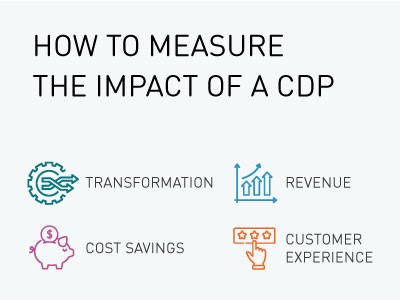How to Convert One-Time Buyers into Two-Time Buyers (and Beyond)
January 21, 2021Two-time buyers are nine times more likely to make repeat purchases than one-time buyers.
That means that the second conversion—not the first—is the most critical milestone for deepening customer loyalty and building customer lifetime value (CLV).
But converting first-time buyers into two-time buyers (and beyond) is a time-sensitive endeavor. It requires personalized, targeted, and timely marketing messages to capture your buyers’ attention and encourage them to make the second purchase.
To maximize conversions to the second order, you need to:
1. Target the right people.
Not every customer is worth retargeting in paid campaigns—so you have to target the right people to maximize your return.
With the help of a CDP, you can use advanced audience segmentation to identify your highest-value customers. Typically, your customers with the highest likelihood of a second conversion include those who’ve purchased recently, those who’ve opted into email, and when focusing on marketing campaigns, those whose gender aligns with the product featured in the creative.
Along with identifying and targeting your highest-value customers, you should also be sure to suppress churned, low-value, or irrelevant audiences to avoid wasting ad budget. Common suppressions include suppressing frequent buyers from branded search and suppressing recent buyers from ads for the products they’ve purchased.
2. Communicate with buyers at the right time.
Timing is the most critical factor for turning one-time buyers into two-time buyers.
If you target customers too soon after their first purchase, you risk creating ad fatigue and turning them off from your brand. If you target them too late, your customers’ brand awareness and satisfaction may have faded too much for them to consider a second order.
Using a customer analytics solution like a CDP, you can understand which product categories have the highest repurchase rates and approximately how long customers take to make the second sale.
For example, you might find that fifty percent of customers whose first purchase was in the denim category make a second purchase within 30 days. Knowing this, you can target them with timed offers, such as free shipping on purchases made within 30 days, to increase conversions and reduce the time to second purchase.
3. Send the right marketing messages.
It’s no secret that personalization is key to successfully engaging customers.
Use your customer data to discover which products your buyers are most likely to purchase next. For example, if denim is the product category with the highest repurchasing rates, then what do customers usually buy after making their first denim purchase?
Often, we find that the second purchase is made in the same product category as the first, which is usually a great sign that customers love your product and are coming back for more. Post-purchase surveys, customer reviews, and other zero-party data can tell you more about why customers purchase particular products and inform your messaging for retargeting campaigns. For example, if customers say that they repurchase denim because of its amazing fabric, then you may want to emphasize this feature in your ads.
By understanding which products customers are most likely to purchase next and why, you can develop highly personalized marketing messages that maximize conversion to the second order.
4. Send those messages via the right marketing channels.
The omnichannel movement has been building steadily over the past decade, and for good reason—different customers have different preferences regarding where and how they shop. By targeting customers in the channels where they’re actually paying attention, you can increase the likelihood of engagement.
We recommend using both paid and owned channels to boost your reach and, ultimately, ROI.
By enabling self-serve insights, quick segment-building, real-time updates, and automated syncing to all of your marketing channels, a CDP provides marketers with a level of agility, efficiency, and effectiveness that they wouldn’t have access to if they approached this process manually. With the ability to set up hyper-personalized campaigns across channels, you can drive the second sale for stronger, longer-lasting, and more lucrative relationships with your customers.
This is the bite-sized version of “Loyalty Is Lucrative: A Practical Guide to Driving the Second Sale,” originally published on Lexer.io. If you liked this, you’ll probably find more value in the original, in-depth version too. Click here to read the rest.


